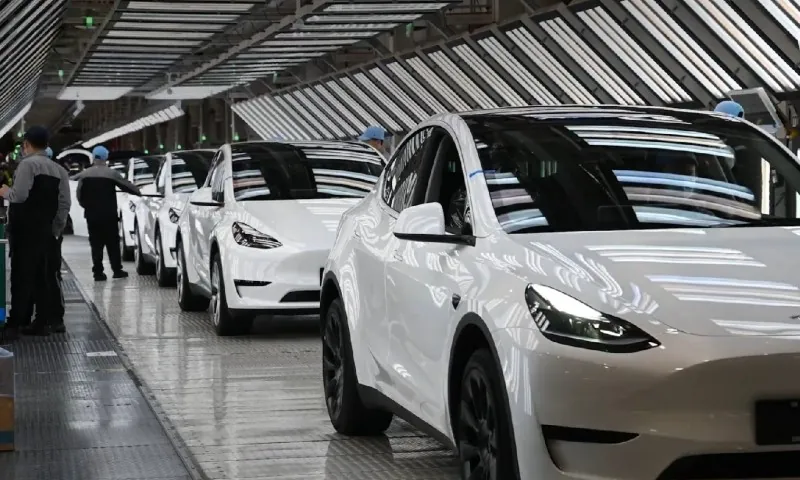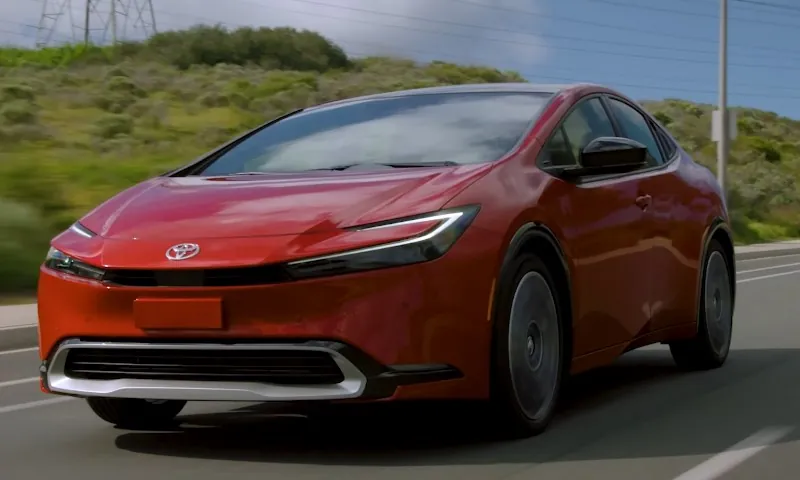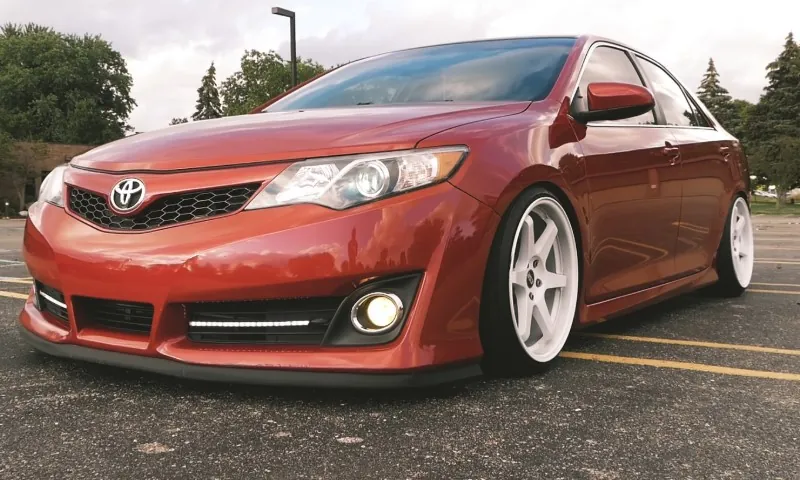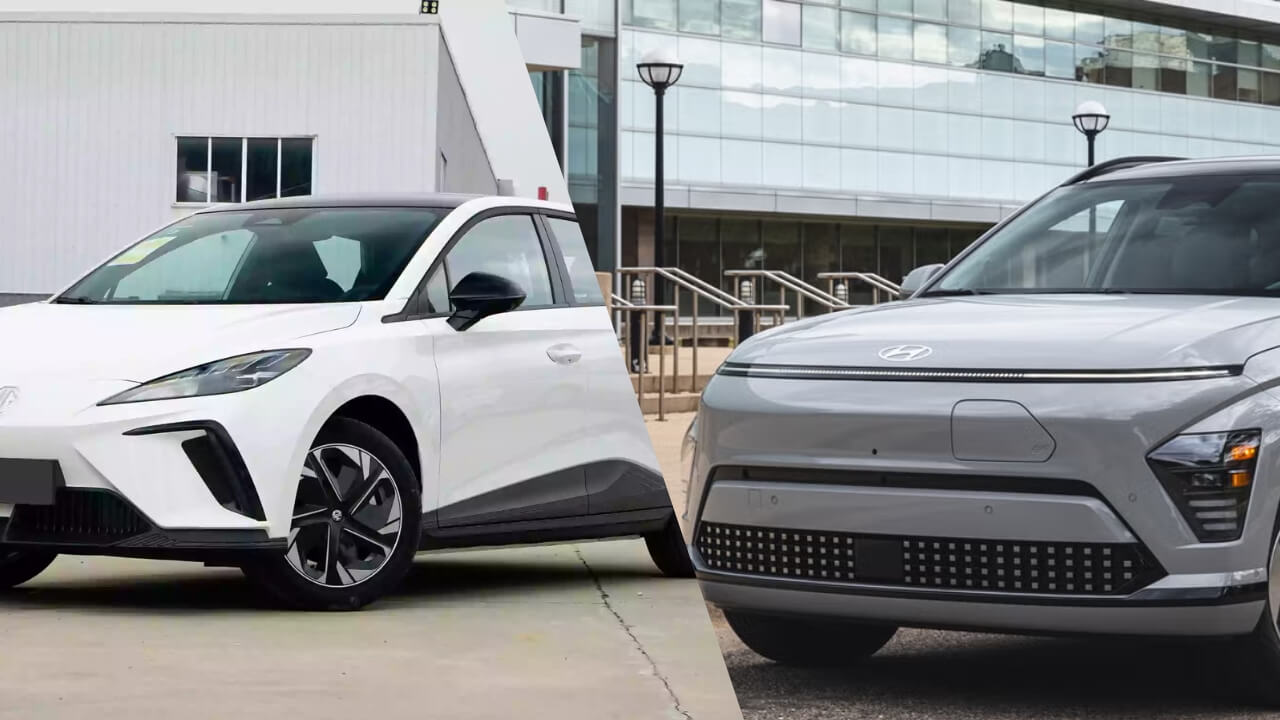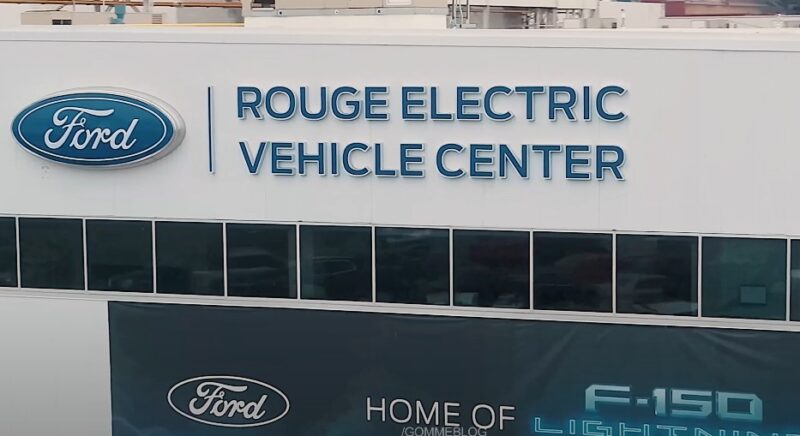
Share Post:
Ford made a big splash with its electric vehicles (EVs) over the past few years. As someone who’s been following the rise of electric vehicles, I felt like the F-150 Lightning, Ford’s electric version of the classic pickup was going to be a game changer.
So, the news that Ford is slowing down its EV production caught my attention, and it’s raised a lot of eyebrows. What’s going on? Let’s unpack Ford’s decision and see how it affects the EV landscape and what might come next for one of the most iconic American carmakers.
Table of Contents
ToggleA Slowdown in EV Production
In early 2024, Ford made an announcement that was a bit surprising. CNN reported that they’re cutting back on the production of the F-150 Lightning and scaling down operations at their Rouge Electric Vehicle Center in Michigan.
Also, according to AP News, with the news came the layoff of about 1,400 workers—something that’s difficult for the company, its employees, and for the broader push toward EVs. But why? Weren’t electric trucks supposed to be the future?
The electric truck market, in particular, hasn’t taken off as quickly as anticipated. While some of us might love the idea of a quieter, greener truck, it seems like the general market isn’t quite there yet.
The F-150 Lightning had a lot of initial excitement, but sales haven’t lived up to expectations, and customer interest has cooled, the NY Times reported. Maybe the average truck buyer isn’t quite ready to go electric, or perhaps the price points are just too high for some.
What’s Driving Ford’s Decision?
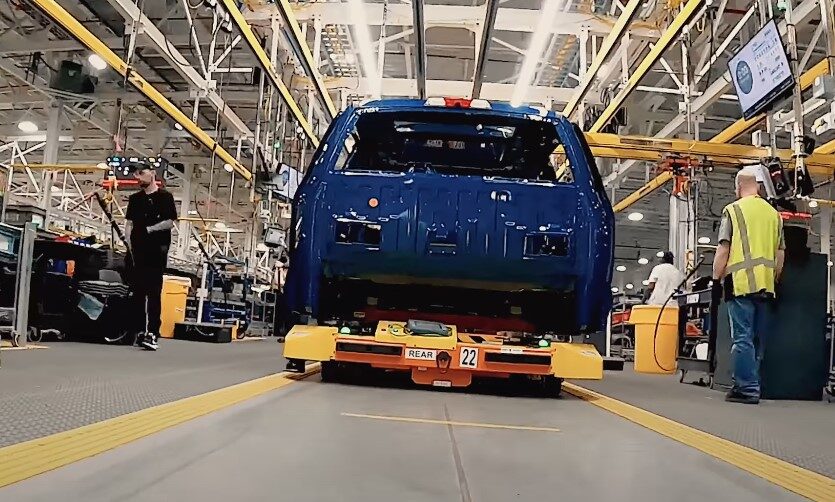
A few key factors contributed to Ford’s slowdown in electric vehicle production. Let’s break them down:
1. Consumer Demand Shift
Ford’s leadership, including CEO Jim Farley, acknowledged that they might’ve overestimated the short-term demand for electric trucks. Hybrid vehicles and traditional internal combustion engine (ICE) trucks like the Super Duty series are still flying off the lot.
In contrast, electric trucks are moving a little slower. It seems that, while there’s a lot of excitement around EVs, especially globally, the North American market for electric trucks is growing more slowly than expected, as per Mache Club.
2. Regulatory and Incentive Confusion
Incentives and policies surrounding electric vehicles have also been a bit of a rollercoaster. The Inflation Reduction Act (IRA) introduced some great tax credits for EV buyers, but not everyone qualifies.
The details of those tax credits can get a little tricky, which has led to a lot of consumers scratching their heads. When people are uncertain about the long-term savings of going electric, it’s no surprise they hesitate to make the jump.
It’s a classic case of consumers holding off on big decisions until they feel more secure. According to Nerdwallet, to qualify for the credit, the vehicle must meet certain manufacturing and assembly requirements, such as being assembled in North America and having a certain percentage of battery components sourced from the U.S. or its trading partners.
Furthermore, there are income limits for buyers—households with an adjusted gross income of more than $300,000, or single filers earning over $150,000, do not qualify for the credit.
3. Supply Chain Woes
Like many industries, Ford hasn’t been immune to supply chain issues. The global semiconductor shortage has been all over the news, and for companies trying to scale up EV production, it’s been a real headache.
Beyond chips, sourcing batteries has also been a challenge. EVs rely heavily on specific components, and with those in short supply, it’s no wonder that Ford had to slow down production.
A Focus on Hybrids and Traditional Trucks
EVs are a centrally planned, government solution for an imaginary problem. Naturally they are real-world, market failure:
“Ford is scuttling plans for a three-row electric SUV and spending less of its total resources on all-electric vehicles, with annual capital expenditures… pic.twitter.com/dXAvmjU7dg
— Steve Milloy (@JunkScience) August 22, 2024
So what’s next for Ford? Rather than doubling down on full electric vehicles, Ford is pivoting back to its bread and butter—hybrids and traditional gas-powered trucks, judging by the Financial Post reports.
For a company that built its reputation on powerful, tough trucks, this isn’t really a shocker. But it’s interesting to see them lean harder into that market now, especially when so many of us expected EVs to be the next big thing.
As Ford reports, the Ford Super Duty series remains a best-seller and one of the company’s most profitable lines. It’s no wonder Ford decided to refocus resources toward trucks that are still in high demand.
In fact, in July 2024, Ford scrapped its $1.8 billion plan to turn the Oakville Assembly Plant into an EV manufacturing site, according to The Energy Mix reports. Instead, that plant will now be producing heavy-duty gas-powered trucks.
This might sound like a step backward, but it’s more of a strategic pivot. Ford isn’t giving up on EVs entirely; they’re just taking a more balanced approach.
Delays in New Electric Models
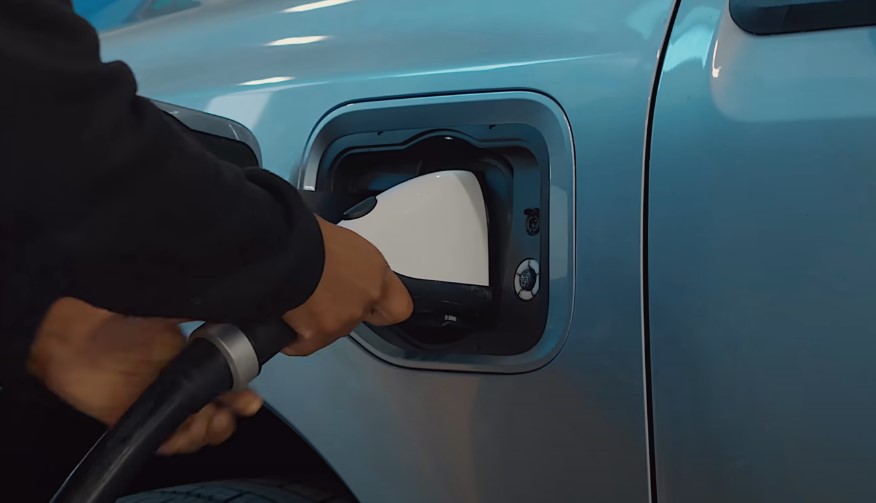
Another part of Ford’s strategy shift is delaying the release of some of its highly anticipated electric models. Ford had big plans to produce next-generation electric trucks and SUVs, but those plans are now on hold. One planned model could be Ford Explorer SUV, a direct Kia EV9 rival.
One of the more talked-about delays is an all-electric pickup truck that was supposed to come out of a new plant in Tennessee. As CNBC reports, that truck won’t hit the market until at least 2026.
On top of that, Ford canceled plans for a three-row electric SUV, which was expected to compete with Tesla and Rivian models. For anyone who was excited to see how Ford would stack up against those rivals, this might be a bit of a disappointment.
But it goes back to the core issue—right now, the market just isn’t ready for as many electric models as companies had hoped.
Financial Pressures and Adjustments
If there’s one thing Ford has learned from its foray into EVs, it’s that going electric is expensive. In 2023 alone, Ford’s EV division, Ford Model e, lost around $3 billion. That’s a big number.
While the company has made massive investments in EV technology and partnerships with battery suppliers, the returns haven’t been immediate. A major challenge is that electric vehicles still cost more to produce than traditional cars and trucks.
Battery technology is expensive, and until those costs come down, it’s hard for companies like Ford to price their EVs in a way that’s both competitive and profitable. By slowing down production, Ford is looking to manage costs better and hopefully stabilize its finances while continuing to invest in EV development.
What’s Next for Ford?
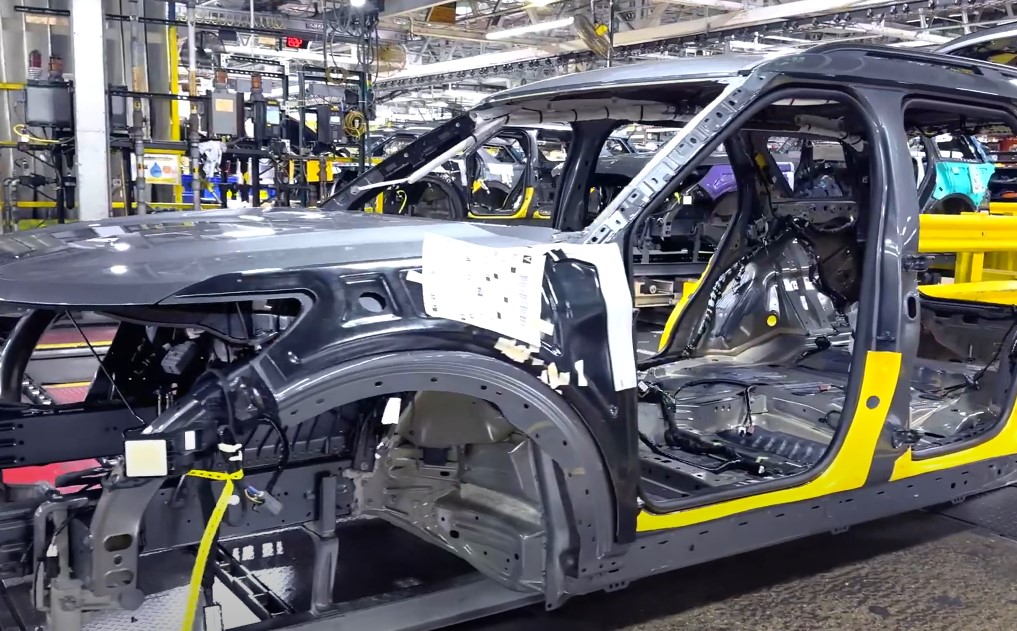
So, what does the future hold for Ford’s EV plans? The company has been clear that it’s not giving up on electric vehicles—far from it. But instead of rushing to electrify its entire lineup, Ford is adopting a more cautious, long-term approach.
The future of the automotive industry might be electric, but right now, Ford is hedging its bets. In the near term, we can expect to see Ford focusing more on hybrids and plug-in hybrids.
It’s a smart move, especially since hybrid vehicles offer a balance between the efficiency of an electric motor and the reliability of a traditional gas engine. Consumers aren’t quite ready for a full electric switch, but hybrids might be the stepping stone that gets them there.
Ford’s strategy of offering a diverse lineup—hybrid, electric, and traditional vehicles—seems like a wise choice in today’s uncertain market.
A Strategic Pause, Not an Exit
Ford’s decision to pull back on EV production is a calculated one. The market isn’t quite where it needs to be for full-scale electric adoption, and Ford is wisely adjusting to that reality.
The company isn’t abandoning its EV dreams, but it’s choosing to focus on profitability and meeting current consumer demands in the meantime. As someone who’s excited about the future of electric vehicles, I’m still optimistic about what’s to come.
Ford’s shift might slow things down a bit, but the road to full electrification was never going to be a straight shot. For now, it’s about balance—between gas, hybrid, and electric—until the time is right for an all-electric future.



